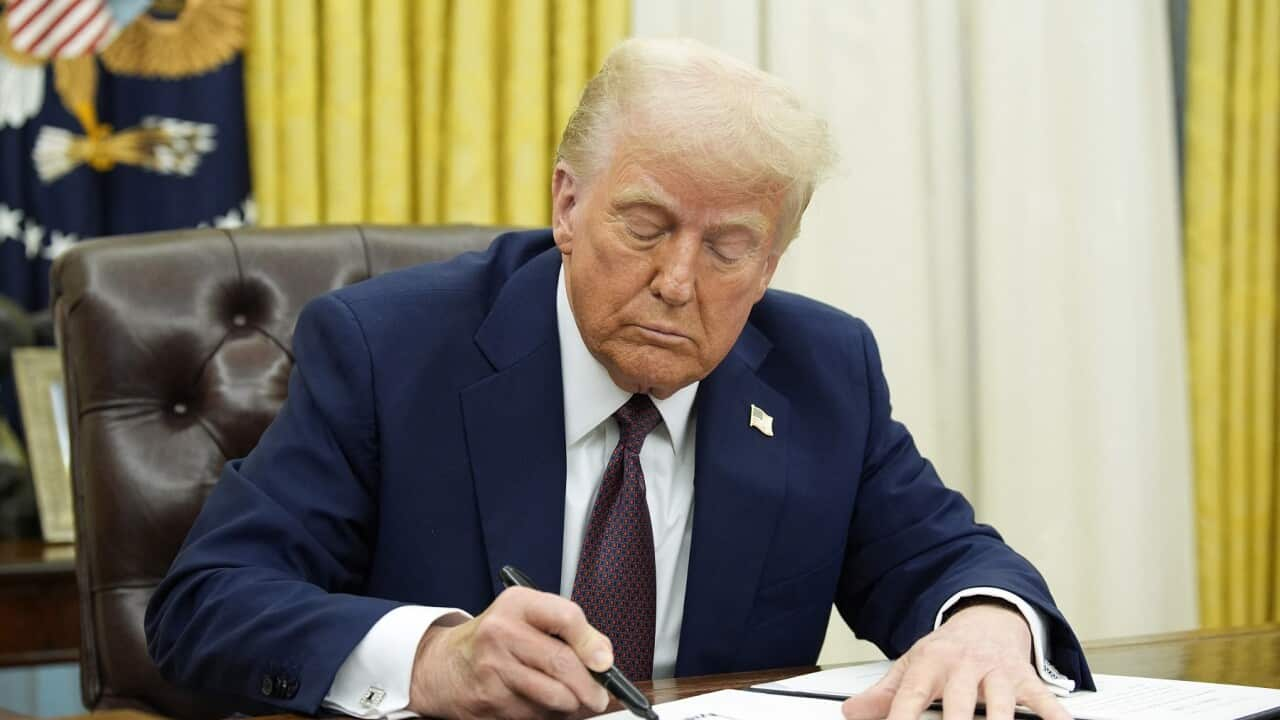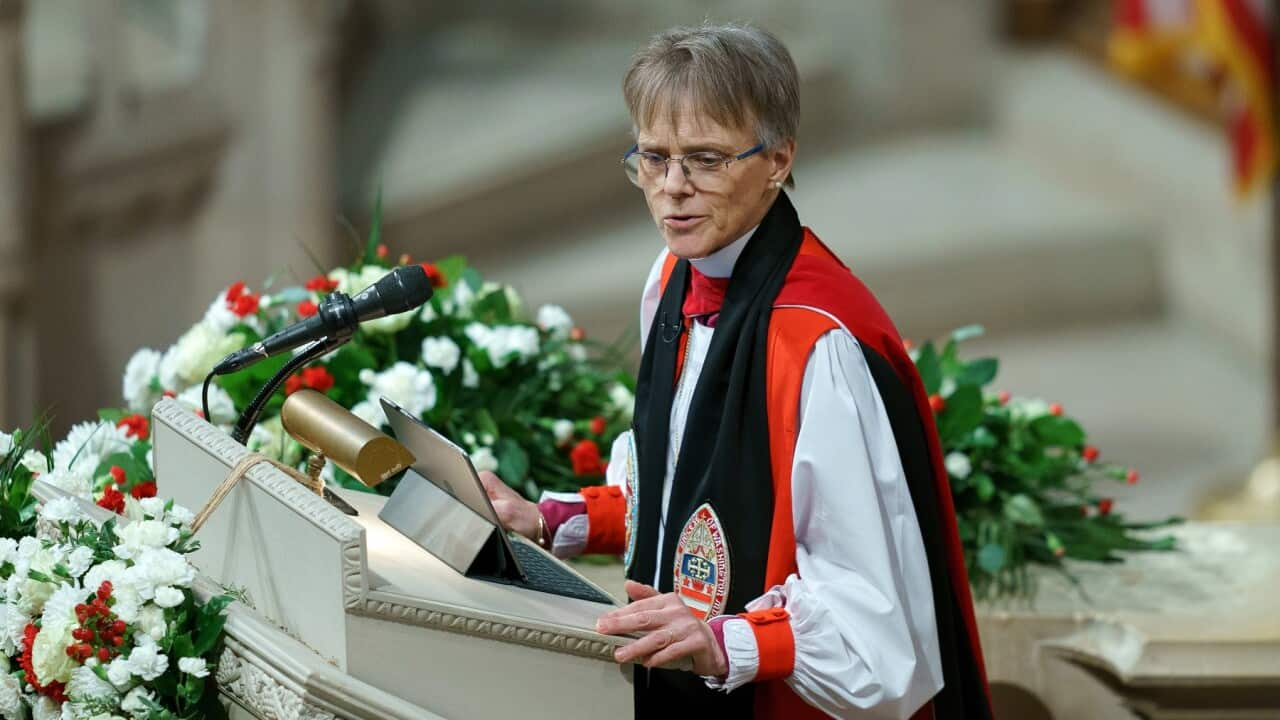TRANSCRIPT
Taking selfies for her socials, Juttima Chinnasri is all smiles.
The part-time fitness and fashion model has nearly 140,000 TikTok followers and more than 30,000 Instagram fans.
But the journey has been anything but easy.
Juttima, who was born in Thailand, began posting to share her recovery, after losing both her legs and her fingers to life-threatening meningococcal septicaemia, five years ago, at the age of 28.
She's modelled for brands from Toyota, to Ryderwear and Women's Best, and strutted her stuff on the catwalk at Australian Fashion Week.
For her, modelling is a way to give hope to others facing similar challenges.
"If someone is watching, they can see, "Oh, I'm not the only person with a prosthetic," or, "I'm not the only person using a wheelchair." They can relate to someone in the media. We all want to feel like we can connect to someone, and we feel like we belong to a community."
But managing a modelling career along with her health, and full-time work as a job skills trainer, has its challenges.
"One day I could wake up and my legs are swollen, and then there you go. I can't put in the prosthetic legs. If I go to the job, are they really accessible for me? So that's a lot of things I have to think about and have to have a conversation with the people that I'm working with."
In an industry better known for selling airbrushed perfection, diversity is now inspiring creativity.
Laura Winson co-founded inclusive global talent agency Zebedee which represents models with disabilities, neurodivergence and gender diversity.
She says consumers are bored of stereotypical ideals of beauty.
"They don't see those images anymore, they don't grab them anymore, or they actively reject them. They see those images and they think, "that doesn't represent me, that doesn't represent my community". If you're working in the space and you're not thinking about it now, then you do risk being left behind."
Social media may be leading the way.
A 2020 post featuring model British Ellie Goldstein, who has Down Syndrome, is one of Gucci's most liked Instagram post.
But mainstream advertising has lagged behind.
That's something the Shift 20 campaign wants to change, with the support of major brands, such as Bonds, Weetbix and ANZ.
It aims to boost disability representation in advertising to 20 percent, and is spearheaded for former Paralympic gold medallist and Australian of the Year, Dylan Alcott.
"I'm a consumer just like you. I eat, I travel, I bank, I got insurance, I use ride share. We want to see ourselves represented like everybody else, just in normal ways doing normal things. "
Lisa Cox:
"It's estimated that the spending power of people with disabilities is US$1.9 trillion."
It's big business.
But inclusive advertising consultant Lisa Cox, who draws on lived experience after sustaining an Acquired Brain Injury in her twenties, says some brands are still wary of getting it wrong.
"People can be very, very quick to call out a brand, cancel a brand if they put a foot wrong. A lot of people don't know what they are doing, and that's okay. It's okay to bring in consultants, people from the community, the disability community."
Representing people with invisible disabilities can be even harder.
Lisa points to a US commercial for Hershey's chocolate featuring characters communicating in sign language, to show it can be done.
Dylan Alcott says inclusivity throughout the creative process is key.
"We have people with invisible disabilities not only broadcasting on camera, but creating the advertisements with us behind the lens."
Change coming from within the disability community, by people like Juttima.
"I'm able to grow as a person and I can help people on a bigger scale."













